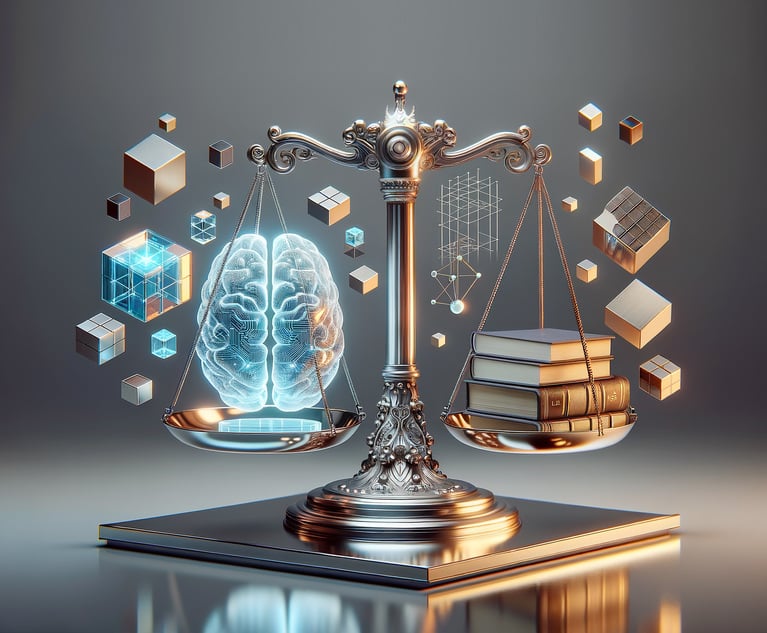Computers, robots, and machines have played a role in the creative process for generations, producing crude images or outputs that artists use, tweak, or start from to create original works of art. David Bowie famously used a machine called the Verbasizer to generate random words and spark ideas for song lyrics on his 1995 album Outside.
More recently, the rise of artificial intelligence (AI) has picked up steam, requiring us to rethink the role of AI in the creative process. Machines that once produced crude images have now been replaced with autonomous computer programs that are capable of learning without being continuously re-programmed or updated by humans. Today, anyone can visit an AI program, input a few words or descriptions, and with the push of a button create sophisticated, AI-generated works of art.
Implications for Copyright Law
This content has been archived. It is available through our partners, LexisNexis® and Bloomberg Law.
To view this content, please continue to their sites.
Not a Lexis Subscriber?
Subscribe Now
Not a Bloomberg Law Subscriber?
Subscribe Now
LexisNexis® and Bloomberg Law are third party online distributors of the broad collection of current and archived versions of ALM's legal news publications. LexisNexis® and Bloomberg Law customers are able to access and use ALM's content, including content from the National Law Journal, The American Lawyer, Legaltech News, The New York Law Journal, and Corporate Counsel, as well as other sources of legal information.
For questions call 1-877-256-2472 or contact us at [email protected]


 Jillian M. Taylor of Blank Rome. Courtesy photo
Jillian M. Taylor of Blank Rome. Courtesy photo




